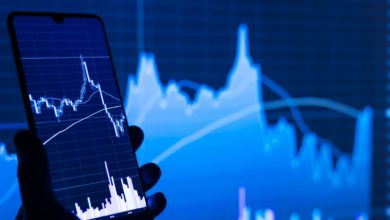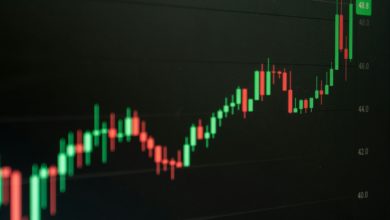U.S. Economy Contracts Amid Rising Inflation: Federal Reserve Faces Complex Challenges

The U.S. economy contracted in the first quarter of 2025, breaking a three-year streak of growth. While consumer spending remained steady and business investment in equipment was solid, a surge in imports weighed heavily on GDP. Many companies front-loaded purchases in anticipation of new tariffs, contributing to a record trade deficit that ultimately dragged growth into negative territory.
Underlying demand appeared softer than the headline numbers suggested. Economists warn that the momentum propping up early 2025 may have been artificially inflated by precautionary buying, rather than genuine economic expansion. Some now expect a second consecutive quarter of contraction, which would officially mark the start of a recession.
Inflation Still Running Hot
While growth struggled, inflation showed fresh signs of stubbornness. The Fed’s preferred gauge — core PCE, which strips out food and energy — rose more than expected in the first quarter, clocking in at 3.5% annualized. That’s a jump from the previous quarter and well above the central bank’s 2% target.
There was some cooling by March, with core inflation settling closer to 2.6% year over year. But even that relief may be short-lived. New tariffs are expected to push prices higher in the coming months, particularly for imported goods. The combination of tepid growth and rising inflation is stoking concerns about stagflation — a scenario the U.S. hasn’t meaningfully grappled with since the 1970s.
Fed Trapped Between Two Mandates
This complicated economic picture puts the Federal Reserve in a bind. The central bank has two goals: stable prices and maximum employment. But those objectives may now be pulling in opposite directions.
With inflation still above target, the Fed can't easily justify cutting interest rates to support growth, especially with new trade policies likely to drive prices higher. On the other hand, if the economy continues to shrink and job losses pile up, holding rates steady could worsen the pain for workers and businesses.
Fed Chair Jerome Powell has acknowledged the dilemma, warning that the central bank may need to weigh which side of the mandate to prioritize. That choice could shape the course of monetary policy — and the broader economy — for the rest of the year.
Looking Ahead
The road forward for the U.S. economy is lined with difficult tradeoffs. Inflation is proving more persistent than hoped, while early signs of recession are beginning to flash. The Federal Reserve’s next moves will likely require surgical precision, as policymakers try to navigate between overheating prices and a cooling labor market.
For investors and consumers alike, the months ahead could bring increased volatility and policy uncertainty, with few easy answers in sight.




